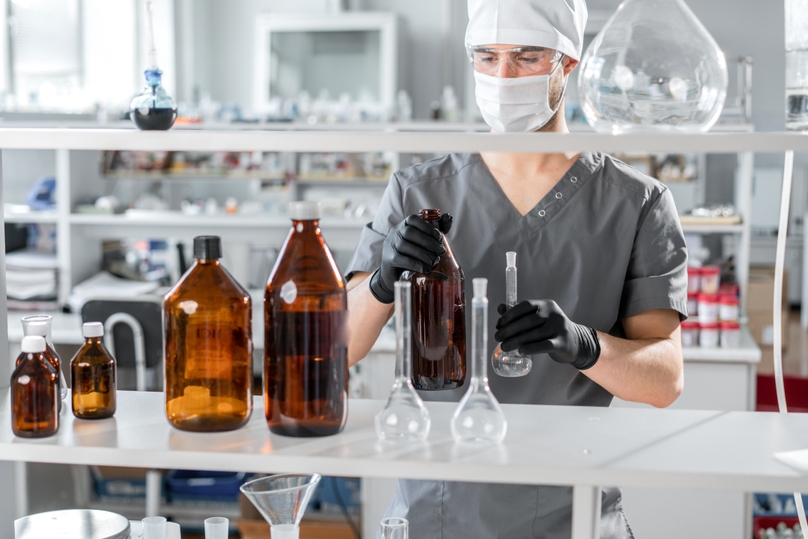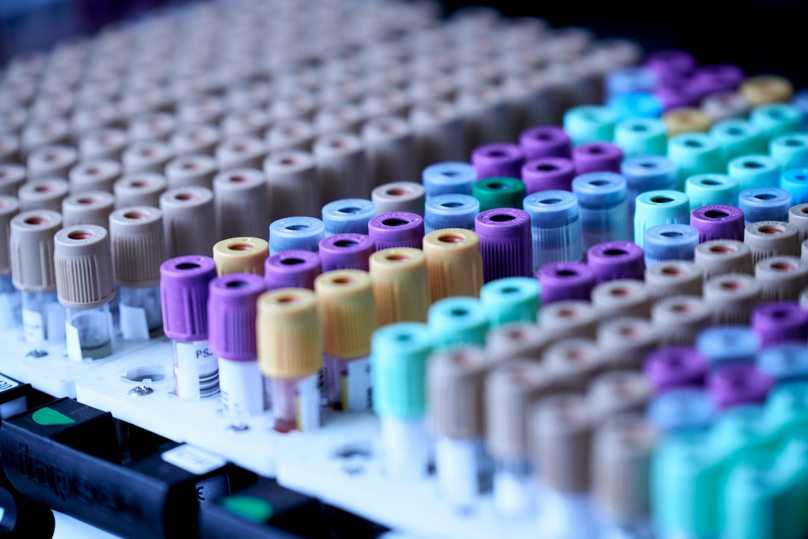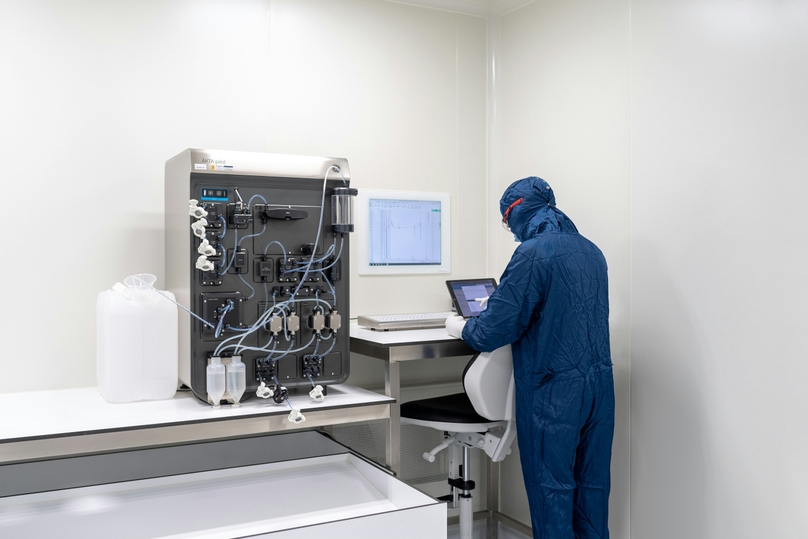The Perks of Lab Organization
Whatever life science tests, research, or innovation you are developing in your laboratory, lab organization is vital. Not only does it save time and money, but it also makes your lab a safer and more pleasant environment to work in.
Creating and maintaining an organized lab is a team effort. Every member must be on board. As lab manager, it’s worth taking the time to establish some standards and sharing them with your lab team members so that everyone is on the same page. You will quickly see the numerous benefits of an organized laboratory. For example:
- Improved efficiency
- Increased productivity
- Ease in finding essential tools
- Quick location of inventory
- Optimized lab safety
A simple and convenient way to develop organizational standards and share them with your lab crew is by creating a file on your electronic lab notebook.
In this article, we will review the importance of lab organization and offer tips and tricks to help you keep your lab in tip-top shape.
Trying to streamline the workflow and processes of your lab? Try lab automation with a LIMS from Genemod to take the next step in your lab’s efficiency.
Tips and Tricks for Lab Organization
Organization is important for your lab now and in the future, especially if you want to optimize your workflow. Here are some helpful tips for lab organization:
- Stop procrastinating: Don’t keep putting off organizing your lab. Get started today with a plan of action and a list of protocols to get your team motivated to organize their individual and shared workspaces.
- Record all data: It’s important to write down every step of your lab procedures so that you always have data you can rely on. If you haven’t already, ditch your paper lab notebooks and invest in electronic lab books. This will boost efficiency, reduce the risk of human error, and make sharing data very easy.
- Schedule clean up: Develop a schedule for cleaning the lab and designate and delegate duties to team members. Certain cleaning routines should be done at the end of each day, while others can be performed weekly or bi-weekly
- Share your system: Make sure that everyone on your lab team knows how to organize and optimize in the lab. Training personnel is an important part of this. Also, make sure they all have access to the cleaning schedule.
The Ultimate List of Lab Organization Ideas
Keeping lab space clean and uncluttered can sometimes be tricky, especially if you're operating a small lab. There’s more to organizing your lab than merely keeping your benchtops tidy. Here are some organizational tips to improve workflow and productivity.
Split into Stations
Lab stations denote designated areas for specific activities within the lab. This helps your team stay organized because it means that certain instruments or tools can be kept together in a single space.
Lab techs move to and work in a particular station instead of moving equipment around the lab. For example, you may wish to set up stations for wet experiments, computer testing, and sampling. Some labs also have a separate station for recording data.
Create a Labeling System
Part of keeping your workspace organized is knowing where to quickly find your stock samples, buffers, and reagents. This will also help to ensure that you don’t run out of vital reagents. Create a labeling system that everyone can easily understand. You may choose color-coding to make recognizing samples easy. Use labeling tape so all labels are legible. Designate a team member to make a weekly inventory of all stocks. When labeling, remember:
- All chemicals should be clearly labeled with the date they were received, and the date opened.
- Small containers can be numbered, or letter-coded.
- All lab waste, disposables, and glassware containers must be labeled with the waste they contain.
- Groups of small containers can be labeled as a group for convenient storage.
Establish an Inventory Process
Establishing an inventory process will help you keep track of what you have and what you need and prevent overflow and duplicate orders. Here’s how:
- Invest in inventory management software: While spreadsheets are a popular way to keep stock of inventory, inventory management software is a superior inventory tool because it allows you to: Keep track of stock levels, Track and record procedures, Automate data collection, Give access to delegated team members, Schedule equipment maintenance
- Establish stock levels: When you create your inventory list, identify high and low-turnover stock. Establishing a maximum and minimum stock level will prevent your lab from running out of necessary materials. You can also create a demand forecast to help you with your budget.
- Delegate inventory management: Choose a member of your lab team and give them access to your inventory management system so that they can keep inventory logs updated as stock I used and alert you when samples need to be reordered,
Regularly Check Refrigerators
Retrieval of samples from refrigerators and freezers can lead to unwanted thawing of samples, which can cause them to become unstable and render them useless. It’s crucial to know the exact location of all your samples, so you can minimize the time it takes to find them.
Checking the freezer regularly ensures that samples stay in their allocated places, and you can update your inventory management system with a virtual storage space that reflects your actual freezer. This will enable lab techs to find samples straight away.
Invest in Overflow Storage
It’s a good idea to invest in overflow storage for times when you have restocked your inventory, so that lab benches don’t get cluttered. It’s a good idea to use shelves and overhead storage particularly if your lab space is limited. Clear plastic bins make it easy for team members to locate lab equipment and tools that are needed regularly, such as pipette tips and gloves.
Remove Old Equipment
Don’t cling on to laboratory equipment that is not running optimally or is outdated. If you keep it around, not only is it taking up a useful work surface, but someone may use it, not knowing that it isn’t calibrated.
Decontaminate all equipment before you remove it from the lab. If the equipment is still working but you are replacing it anyway, offer it to other labs or schools. If the equipment no longer works, arrange a pickup with your local recycling center.
Organize Up, Not Out
Not all lab storage systems need to be on the floor. If your space is limited, build upwards. Vertical lab storage is a good space-saving solution. For example, you can use upper shelves to store electronic equipment and instrumentation. That way they are tidy and organized and need only a short cable to connect to a power supply.
If you’re having trouble keeping track of your lab’s reagents and libraries for DNA sequence editing, check out Genemod’s electronic lab notebook software for a user-friendly tool to transform your workplace.
Achieve Outstanding Lab Organization with Genemod
Maintaining an organized lab will keep your team motivated and will increase efficiency and productivity. But there’s more to an organized lab than clean and tidy workstations.
At Genemod, we have created several software solutions to help you optimize your lab organization including electronic lab notebooks, inventory management systems, LIMS, and sequence editing tools. Contact us today for a demo.
















